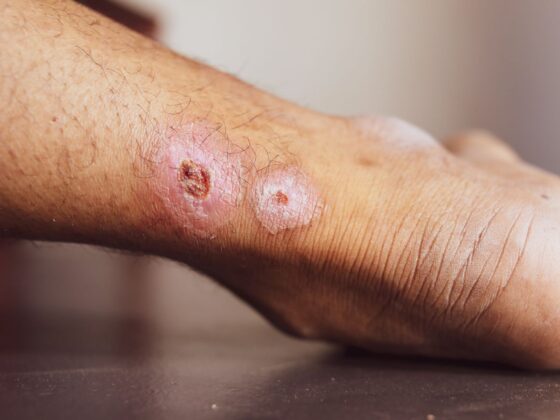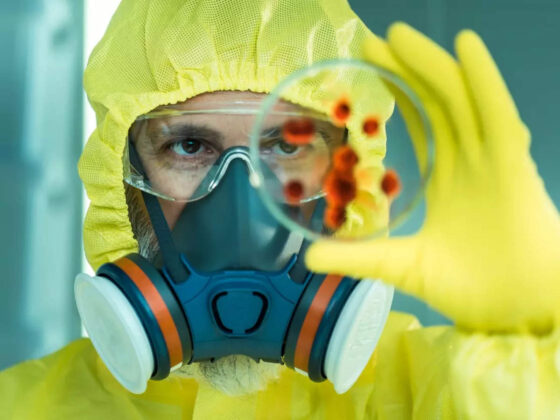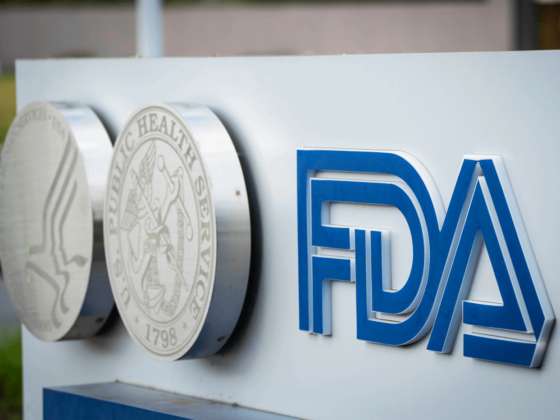The threat to public health seems tod have raise an ethical dilemma and yet another reason for the animal kingdom to be very afraid of humans.
In October, news broke that at least half-a-million sharks may be slaughtered across the world to find a potent solution for the novel coronavirus.
Now, news of the mutations prompted the Danish Prime Minister Mette Frederiksen to announce on 4 November plans to end mink farming for the foreseeable future — and cull some 17 million mink.
Denmark, at first thought it justifiable to kill all their minks in order to prevent a mutated form of the virus from spreading among all human beings.
To prevent further changes to the virus emerging among minks and the spread of mink-related viruses, the Danish authorities have announced that culling of all farmed mink in #Denmark 🇩🇰 will commence immediately.
— World Health Organization (WHO) (@WHO) November 6, 2020
But how can the government legally mandate a mass cull without passing new legislation, experts pointed out.
Why is Denmark culling its 17-million strong mink population?
Dutch mink were first infected with coronavirus by their handlers in April and Covid-19 affects minks in a similar way to humans, causing respiratory problems that tend to be worse in older animals.
Chances are high that the virus can spread from people to animals, and in some situations animals are also capable of spreading it to humans.
The mutation that happened to novel coronavirus in six countries has sparked concerns worldwide. The mutation that has now been reported appears to have spread from animals (mainly mink) to humans.
Denmark officials believed that the mink mutation, referred to as cluster 5, might resist vaccines since the mutation impacted the spike protein.
Denmark's prime minister wants the nation's 15 million farmed minks to be killed to stop them from retransmitting the coronavirus to humans. She says a virus mutation found among those infected by minks could have "devastating consequences" worldwide. https://t.co/o9TBuwIA49
— The Associated Press (@AP) November 4, 2020
Researchers say culling the animals is probably necessary, given the virus’s rapid and uncontrolled spread in mink — detected in more than 200 farms since June — which makes the animals a massive viral source that can easily infect people.
In regions with affected mink farms, the number of people with Covid-19 increases a lot, says Astrid Iversen, a virologist at the University of Oxford, UK. And there are roughly three times more mink than people in Denmark. ”The mink cull is necessary,’‘ she added.
Why is this cause for concern?
“Minks show open mouth breathing, discharge from their eyes and nose, and are not sick for several days before they pass away,” Utah veterinarian Dean Taylor told NBC News.
The US states of Utah, Wisconsin, and Michigan – where the coronavirus has killed mink – said they do not plan to cull animals and are monitoring the situation in Denmark.
“We believe that quarantining affected mink farms in addition to implementing stringent biosecurity measures will succeed in controlling SARS-CoV-2 at these locations,” the US Department of Agriculture said.
More than 15,000 U.S. mink have died of the coronavirus since August, state agriculture officials in Utah and Wisconsin say pic.twitter.com/Mh6KtQXrPx
— Reuters Science News (@ReutersScience) November 10, 2020
The scientists who have reviewed the data say the mutations themselves aren’t particularly concerning because there is little evidence that they allow the virus to spread more easily among people, make it more deadly, or will jeopardize therapeutics and vaccines.
Uncontrolled spread in mink also increases the opportunity for the virus to evolve and develop mutations that could be concerning, says Jannik Fonager, a virologist at Statens Serum Insitute, the Danish health authority leading the investigations, based in Copenhagen.
He says scientists shared their concerns with the government, but that the government decided to cull the mink. On 10 November, the government submitted legislation to enable the cull and has urged farmers to begin the process.
Scientists are urgently trying to establish which animals are able to pass the virus back to humans as there are instances of it potentially happening, coronavirus has also infected cats, dogs, a lion, and a tiger, according to the USDA. Experts say mink appear to be the most susceptible animal so far.
It is normal for viruses to mutate or change over time. But each time a virus goes from humans to animals and back to humans, it can change more. That’s why these reports are concerning. #COVID19
— World Health Organization (WHO) (@WHO) November 6, 2020
As this tragedy among mink populations shows there’s much more for scientists to discover about the way Covid-19 passes from humans to animals and back again.











